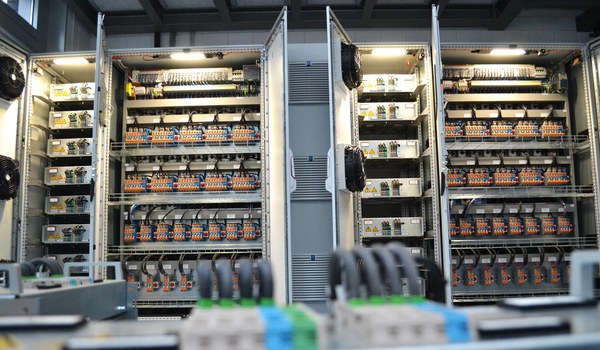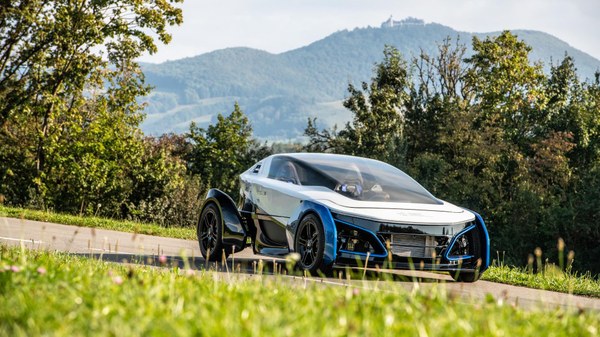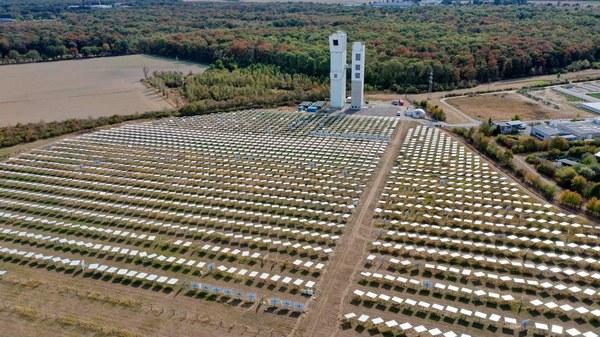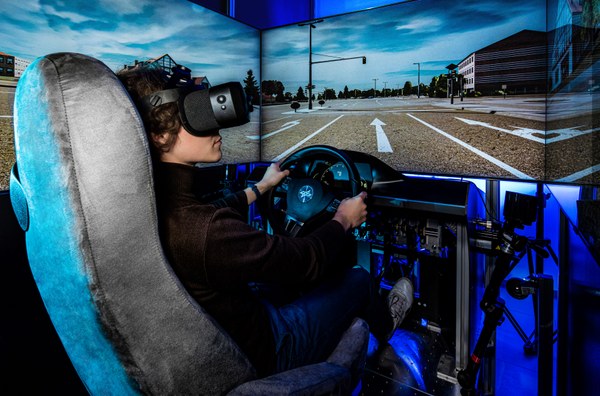SekQuaSens³
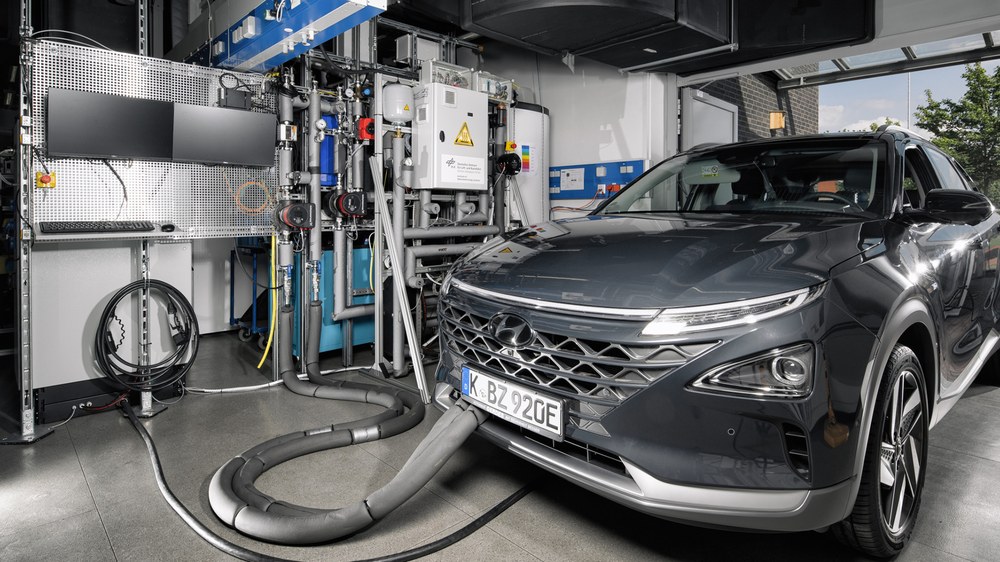
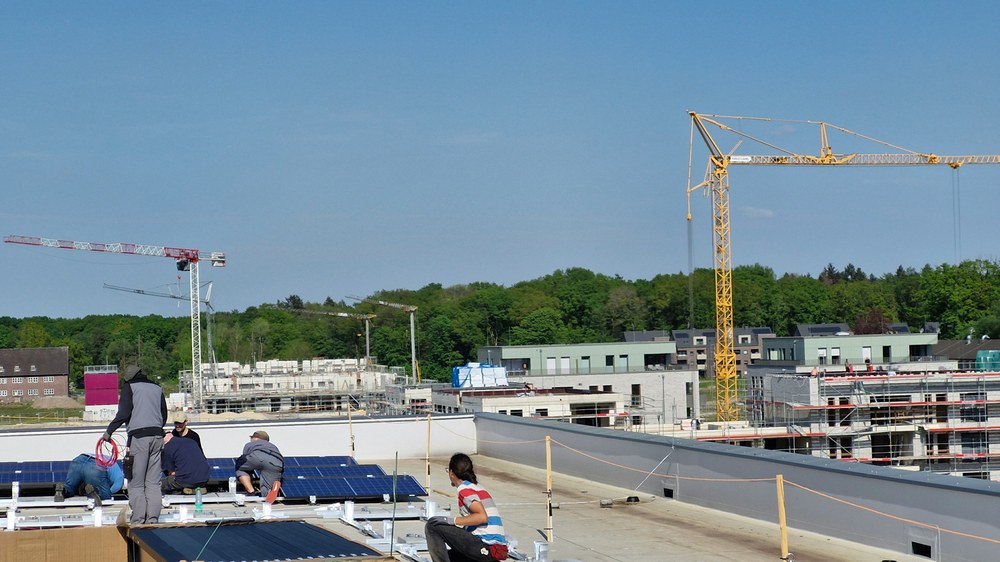
The energy transition is increasingly taking place directly on local sites, where renewable energy is being both generated and used locally – for example, through photovoltaic (PV) systems on rooftops in residential areas or wind turbines on city outskirts. Naturally, energy generation fluctuates depending on weather conditions and the time of day. At the same time, the demand for renewable energy is growing due to an increasing number of systems in buildings and transport that rely on it for heating and mobility. To make renewable energy use for residents as simple as possible and to minimise carbon emissions, future energy management systems based on artificial intelligence (AI) will holistically optimise entire neighbourhoods, integrating electric mobility in the process.
In the SekQuaSens³ project (Sektorenkopplung im Quartier mit automatisierter Sensorik; Sector Coupling in Neighbourhoods with Automated Sensor Technology) from the German Aerospace Center (Deutsches Zentrum für Luft- und Raumfahrt; DLR), five institutes from the fields of energy and transport are developing a guiding framework for data collection and processing. The project uses networked sensor technology to gather the necessary data for coupling the transport, heating and electricity sectors. To do this, publicly available geodata of urban buildings is analysed to determine heating requirements. This Information is supplemented by automated measurements, including drone-based mapping of windows and facades. Mobility patterns are modelled using computer simulations of individual households, enabling researchers to map the times when residents are present in the building, significantly influencing energy demand, as well as calculating mobility requirements and electricity needs for electric vehicles.
In the future, vehicles will store electricity and return it to the neighbourhood grid as needed. The comparatively large batteries in vehicles will offer significant flexibility, supporting multiple households per vehicle while maintaining individual mobility. Vehicles will also supply electricity to heat pumps, which are flexible in their energy requirements as they can store the hot water required in a building for about a day. To measure energy demand and remaining capacity in the vehicle, researchers are retrofitting a vehicle as an example. Data is collected using an existing communication standard, such as those used for monitoring lorries and buses. This data, combined with other measurements, simulation results and real-time weather data, is fed into an AI-based neighbourhood energy management system (Quartier-Energie-Management-System; QEMS). Such a system calculates optimal energy distribution and usage, sends the corresponding data to buildings and automatically manages the technology. With the help of a QEMS, researchers can estimate how optimised energy management can maximise CO2 savings while also improving cost efficiency.
SeKQuaSens³ project – Sector coupling in the neighbourhood with automated sensor technology
- Duration: 1 January 2023 to 31 December 2025
- Lead institute: DLR Institute of Networked Energy Systems
- Project type: DLR Impulse Project
- Funding body: DLR Energy Programme Directorate

